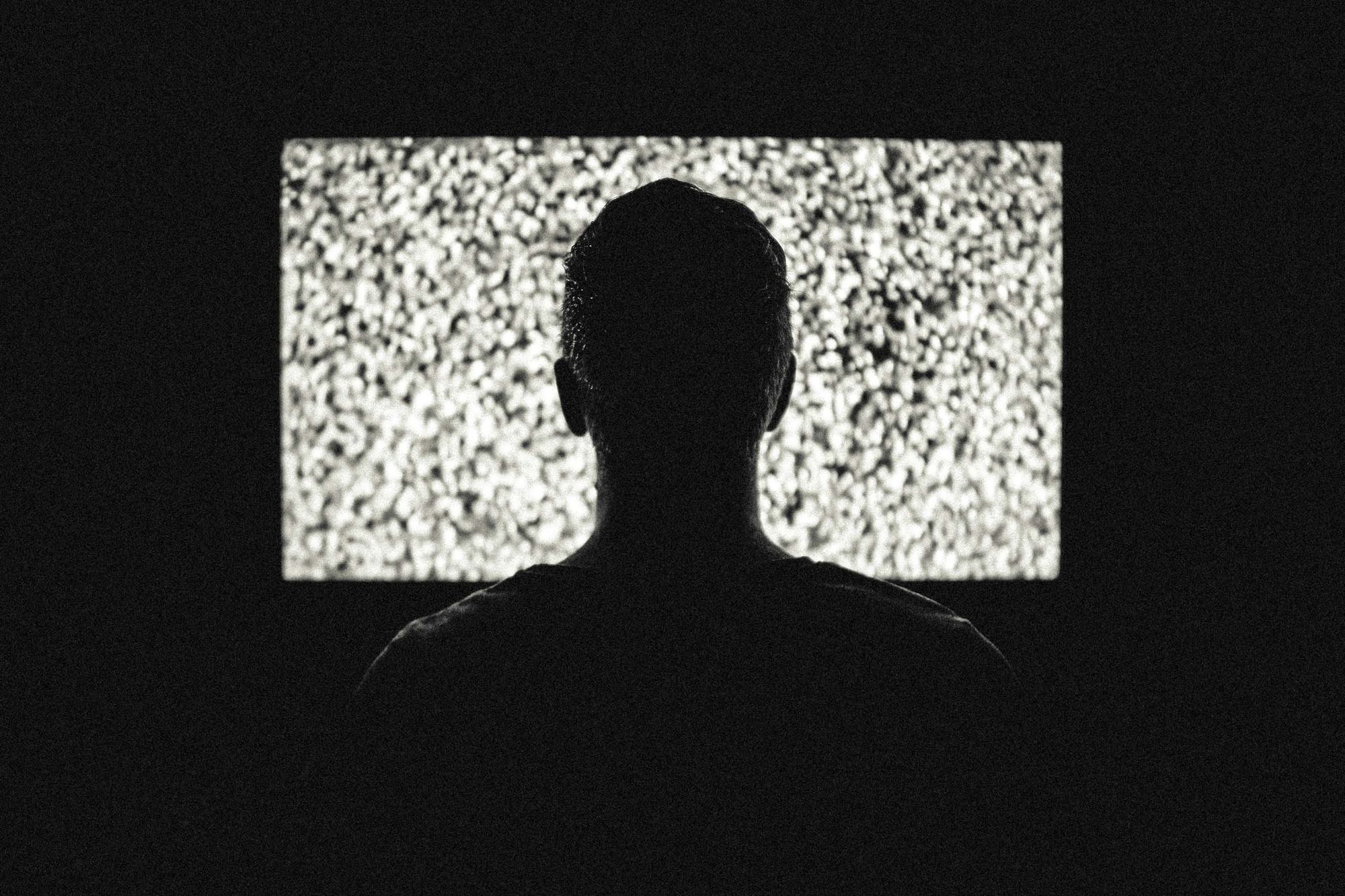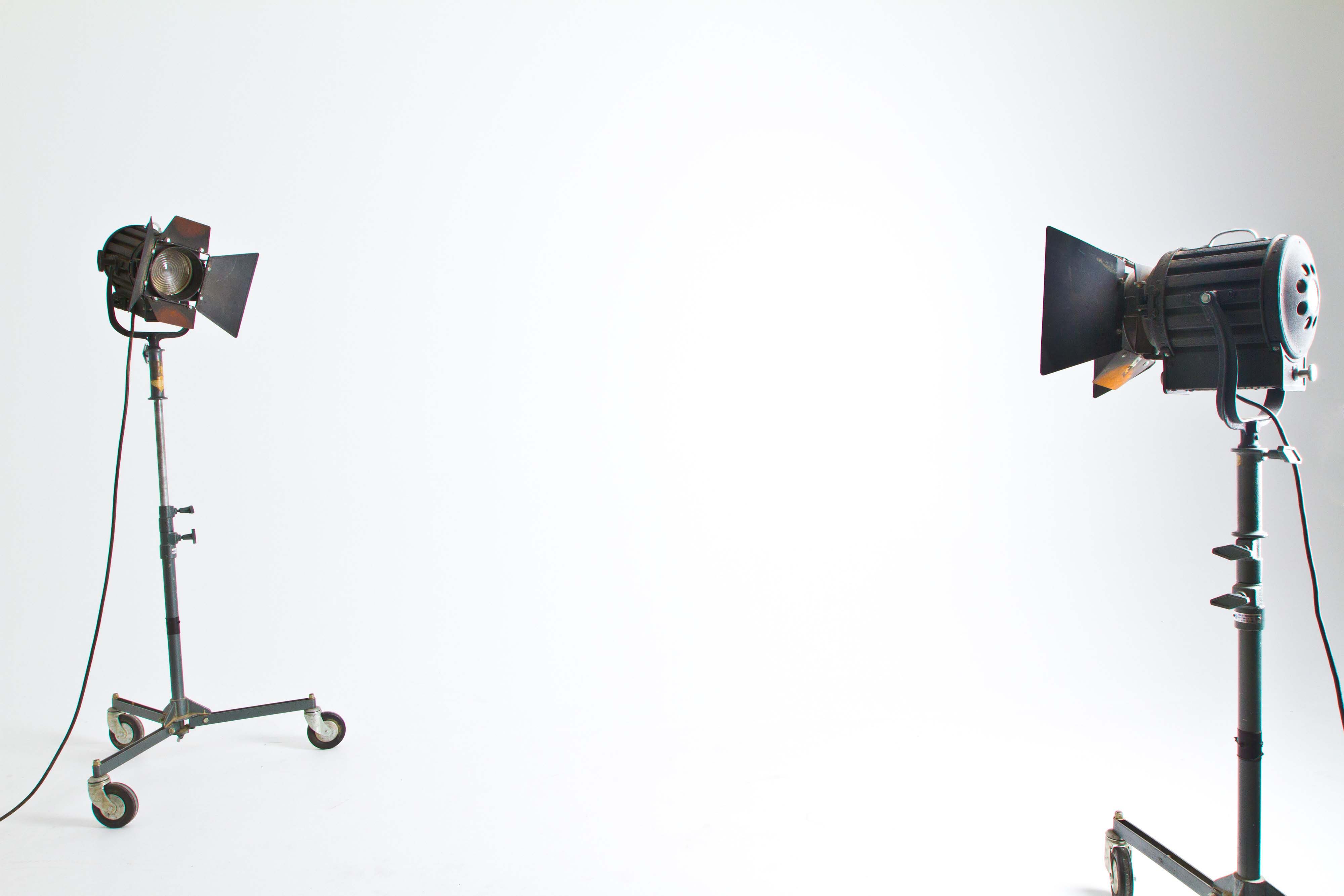
Perceptual evaluation of light - going to the movies
In the quest to quantify the emotional part of human centric lighting solutions we need to involve the end users. But advanced lighting professional lingo could scare off anyone. So how can we evaluate lighting designs in a way that is easy to understand? To the researchers at Aalborg University it is simple: Let’s go to the movies!
”COULD YOU PLEASE DESCRIBE THE SOUND?”
”Do you recognize it?”
”Is it too loud – or maybe too low? ”
”How does it make you feel?”
To define, describe and compare different kind of sounds is quite easy, as we share a common understanding and vocabulary. That’s why user panels are common when designing different types of sounds and experiences. For example, the roaring engine of a prestige car is no coincidence. It's the result of the work of professional sound designers, and based on studies carried out in advanced sound laboratories. And this is why you – if you’re a car nerd – actually can identify different car brands from each other, only by hearing the sounds of their engines.
One of the most famous sound and vibrations experts is Danish Brüel & Kjær. Covering the full acoustic spectrum, Brüel & Kjær evaluates building acoustics, wind turbine noise, vibrations in car engines and mobile telephone sound quality. The company also has a close collaboration with DTU, The Technical University of Denmark, which has resulted in the university building one of the world’s most sophisticated laboratory facilities within audio research.
FROM SOUND TO LIGHT
Within audio research, there is a well-developed language that makes it easy for the common users to tell and evaluate their experience.
In lighting research, the situation is quite the opposite. The specialist language is advanced and the common user does not understand the terminology and cannot describe what they experience in the form of light levels, light distributions and color temperatures.
But now, a collaboration between DTU and Aalborg University, which is internationally renowned for its Lighting Design Master Programme, has changed the game plan. It all started with DTU reaching out to Aalborg University offering to share a new software for evaluating user experiences of sound. Would the Aalborg University be interested to adapt it, in order to create a new type of lighting evaluation?
”Of course, we were – the timing was just right”, explains Henrik Clausen, Director Education & Research at Fagerhult and Associated Professor at the Aalborg University Master Programme.
The initiative resulted in a research project conducted at Aalborg and led by professor Marc Fontoynont. Fagerhult has participated in the evaluation of the projects’ test room and has contributed with knowledge in research and tests.
 "This gave us the possibility to navigate around the main obstacle: that you cannot separate the light from the light source, making the actual product or product design a factor that could affect the perception." Henrik Clausen, director of Fagerhult Lighting Academy
"This gave us the possibility to navigate around the main obstacle: that you cannot separate the light from the light source, making the actual product or product design a factor that could affect the perception." Henrik Clausen, director of Fagerhult Lighting Academy
A PHOTO REALISTIC CINEMA EXPERIENCE
”We’ve used the latest technology to create a lighting research studio that offers the subjects of the test panel an IRL-experience. Different settings are projected on screens by the help of powerful high intensity projectors with excellent resolution and possibilities to create images that are completely realistic in colour and intensity. This makes it possible to create settings with different properties regarding luminance and lighting levels as well as the light’s colour temperature and colour rendering. It also gives us the possibility to navigate around the main obstacle: that you cannot separate the light from the light source, making the actual product or product design a factor that could affect the perception. Instead of traditional mock-ups we invite the subjects to this great cinema experience where you get caught up in the story”, says Henrik Clausen.
IT’S ALL ABOUT THE NARRATIVE
Actually, it is all about the narrative. During the different test sessions, the subjects are introduced to different lighting stories with focus on office environments. When telling a story about a day in the office, the subjects will experience different light settings presented with the various events. As the lighting scenery change they will answer the question: ”do you like this setting” with a simple ”yes” or ”no” on their electronic devices. The data are collected by the specially developed software that will create a real time algorithm for the most agreeable sceneries. This means that the subjects don’t have to be familiar with lighting terms to describe their experience, nor is it necessary to develop a ”lighting lingo” as the software will do the translation.
”NO LIMITS”
The research project has involved six different tests in collaboration with several leading lighting and architect companies. It has been a great success, and the plan is to investigate the possibility of building an advanced full-scale research and test laboratory that can offer its services to the industry. A place to go to evaluate a lighting design – from outdoors to indoors, from schools and offices to hospitals and private homes – or individual products. The cinema set up means no limits.
”The possibility to get immediate feedback on the changes taking place in the room is invaluable. This kind of lighting design laboratory could save a lot of time and money for lighting consultants and designers, architects, contractors and producers. In the end it will gain society as well as individuals. Customers and end-users will have the opportunity to say ”I don't like that – but I want this”, before anything is realized, meaning that we have an excellent opportunity to create lighting environments that are optimized right from the start. I also think that it will simplify the whole light planning procedure, cutting down the number of adjustments” Henrik Clausen muses.
”From a Fagerhult perspective this kind of r&d is in line with our very existence. Our competitive edge has always been our interest in, and deep knowledge about, human centric lighting designs. Lighting that does not only meet up to standard requirements but adds extra value regarding well-being and performance. This is a great opportunity to take our concept to the next level.”
TEXT AMELIE BERGMAN
FOTO PATRIK SVEDBERG, PEXELS
Relaterade nyheter

Omvänt mentorskap: ”Allt ledarskap handlar om människor”
Under det senaste halvåret har sexton ledare från bolag i Jönköpings län haft varsin mentor via programmet Omvänt Mentorskap. Det som gör det just »omvänt« är att mentorerna är yngre och i början av sina yrkeskarriärer medan adepterna är mer seniora. Kristoffer Emanuelsson, produktionschef på Fagerhult, och Maria Liljeqvist, enhetschef inom hemtjänst i Jönköpings kommun, är ett av mentorsparen. Hej Maria och Kristoffer! Nu är Omvänt mentorskap över, vad har ni haft fokus på i ert samarbete?Kristoffer: ”Vi har inte haft några specifika mål utan har reflekterat och pratat, och så har Maria kommit med inspel på hur jag kan tänka i min vardag.”Maria: ”Jag tycker vi har haft en tydlig tråd där vi utgått från Kristoffers frågeställningar och reflekterat kring dem.” Kristoffer, var det något särskilt som du ville lyfta – och som du tar med dig? ”Jag ville fokusera på hur jag kan engagera kollegor och vi landade i flera diskussioner kring feedback. Det är lätt att fastna i det klassiska »Bra jobbat!« men det kan behövas lite mer utvecklande kommunikation och det vill jag bli bättre på gentemot mina närmaste medarbetare.” Maria flikar in: ”Jag sa till Kristoffer; du får inte säga »Bra jobbat!« om du inte också utvecklar vad som gjordes bra. Det är så lätt att fastna där.” Omvänt mentorskap 1 Att bryta invanda mönster är kan vara en utmaning, hur har det känts att kliva utanför komfortzonen? Kristoffer: ”Redan vid anmälan så bestämde jag mig för att ge detta en verklig chans. Annars är det ju ingen idé! Jag tycker det är viktigt att poängtera att det till stor del hänger på ens egen inställning. Att man verkligen vill, och vågar vara lite obekväm. Vi har haft bra diskussioner och samtidigt väldigt roligt, och det är ju alltid viktigt.” Maria: ”Jag tycker Kristoffer har varit modig och vågat testa de metoder vi diskuterat. Det har gjort att vi hela tiden kommit vidare.” Maria, har du lärt dig något som du tar med dig – utöver din roll som mentor? Maria: ”Ja, absolut! Det är så tydligt, att även om vi jobbar i väldigt olika miljöer så handlar ledarskapet alltid om människor och individer, och hur vi leder dem. Det är en värdefull insikt. Dessutom har vi haft roligt, och jag har stärkts i min egen roll som ledare genom att ha en senior ledare som lyssnar, tar till sig och provar mina idéer och tankar om ledarskap.” Ni jobbar i vitt skilda branscher, har olika lång ledarerfarenhet och är nya bekantskaper för varandra – vad tar ni med er från det? Maria: ”Vi är ganska olika som personer, och det har varit intressant att reflektera kring det i olika scenarier och hur det påverkar ledarskapet. Vi har lärt oss mycket av varandra.” Kristoffer: ”Jag tycker det är viktigt att vara öppen med sina brister, och samtidigt våga tänka nytt. Och kanske lägga eventuella skillnader kring hur länge man har varit ledare eller ålder åt sidan – och fokusera på att själva samtalet ska bli bra. Maria har ställt en del tuffare frågor där jag känt mig lite obekväm, men det har fått mig att ifrågasätta gamla vanor och varför jag gör saker på ett visst sätt. Det har hon gjort väldigt bra.” Kristoffer, utifrån ditt perspektiv som adept – hur ser du på Omvänt mentorskap? ”Inledningsvis kändes det lite obekvämt, men jag tycker man ska ta chansen att söka. Jag kan verkligen rekommendera det. Att ha en mentor var intressant, och det omvända mentorskapet tycker jag var väldigt givande. Att ta sig tid för reflektion med någon som inte har koppling till min vardag öppnar för andra funderingar och frågor. Vi kommer absolut försöka hålla kontakten.”

